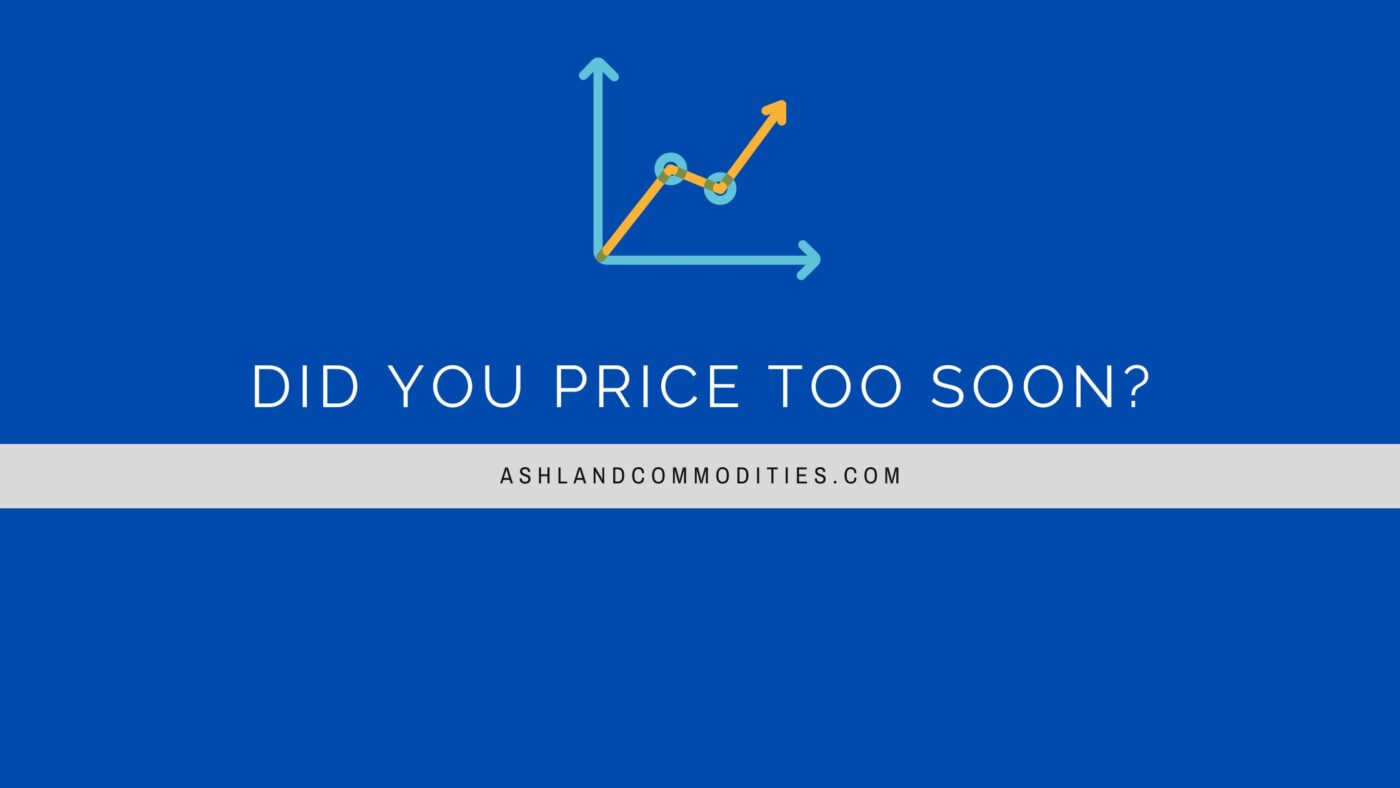With the recent rally in soybeans, this is a question that is being asked all too commonly. Going into the 20/21 growing season the demand outlook was weak, relatively large carry outs were expected, and producers had been making forward sales at levels that were profitable, but are now well below the market. So how do you take advantage of market moves after you have already priced your grain?
The answer is simple, you can use either call options or put options.
Call options increase in value as the market price increases.
Put options increase in value as the market price decreases.
Call Option Example
If you feel as though you missed out on the recent rally in bean prices, but expect that the rally will continue, you can buy a call option to re-own the bushels that you sold. This will allow you to profit from further upside moves.
Most grain merchandisers will allow you to buy a call option and attach it to your delivery contract for around 2 cents.
Buying a call option will cost money though. If the call option costs 20 cents, most merchandisers will deduct that 20 cents from your delivery price.
If prices do not continue higher and the call option expires worthless the value of your delivery contract will remain the same as it was after the 20 cent reduction.
If you sell the call option while it still has value, that value will be added to your delivery contract and your contract price will increase by that amount.
Essentially, buying a call option and attaching it to your fixed price contract converts it to a minimum price contract. The worst case scenario is that prices do not continue to rally, the call option you purchased expires worthless, and the cash price you receive at delivery will be your contracted price minus the cost of the call option.
On the other hand, converting your fixed price contract to a minimum price contract allows for unlimited upside. As an example, let’s say that you bought a $10.80 November Soybean call option for 24 cents. If the November beans option expires on October 23rd at $11.80 the value of the call option would be worth $1.00/bu. In this example you would have been able to profit $0.76/bu on this position, or the difference between the gain on the call option and the price that it cost to enter into the position (the premium).
Put Option Example
If you feel as though prices are at the higher end of their range, and would like to either protect the risk that the market moves against you, or would like to profit from a move down, you can buy a put option.
Most, but not all merchandisers will allow you to buy a put option and attach it to your delivery contract for around 2 cents.
The example of a put option behaves in a similar way that the call option does, except it profits as prices go down and not up.
If you were to buy a $10.30 November 2020 put option it would cost you around 24 cents today. If November beans expire at $9.30 your put would have gained $1.00/bu and your profit on the option would be $0.76/bu.
Selling Options
You can also write, or sell, options where you will receive the premium today. When selling options you have the potential to receive margin calls, if traded through your brokerage, or be subject to the delivery of additional bushels if traded through a merchandiser.
For example, the November 2021 $10 call option is trading for around 44 cents. That means someone is willing to pay you 44 cents today for the right to buy a November 2021 soybean contract from you at $10.00 next fall. In this instance, you essentially have a HTA contract at $10.00, but you keep the 44 cents. When using a merchandiser, they will add the 44 cents minus the service fee to your contract.

